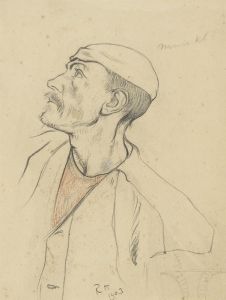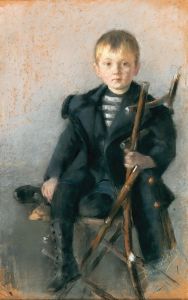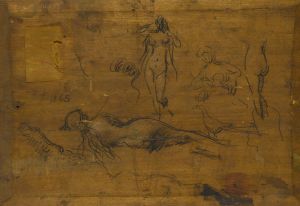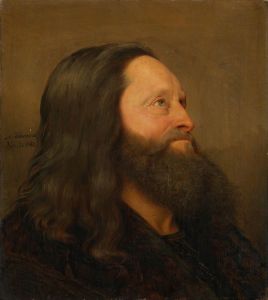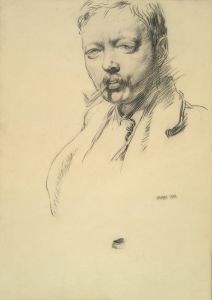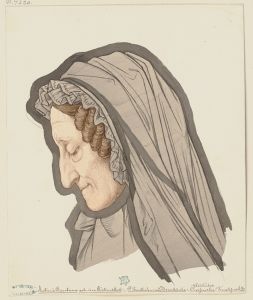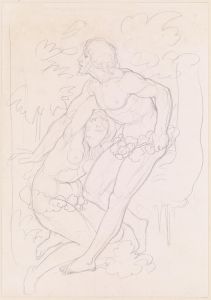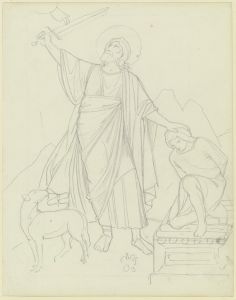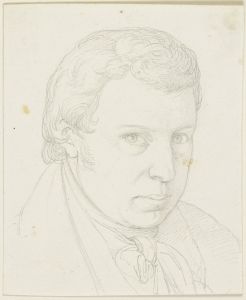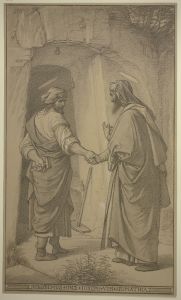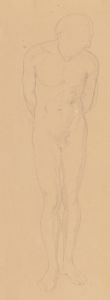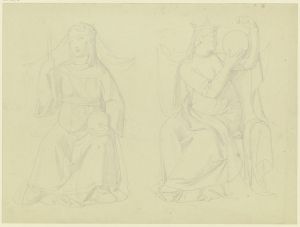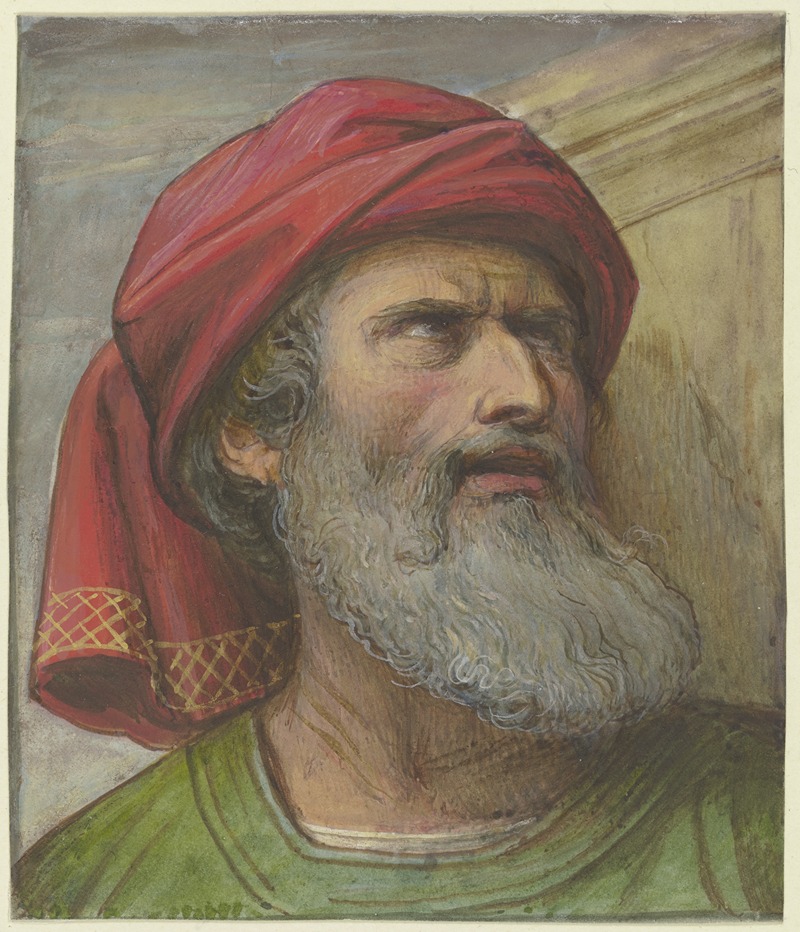
Kopf eines aufwärts blickenden Mannes mit Turban
A hand-painted replica of Eduard von Steinle’s masterpiece Kopf eines aufwärts blickenden Mannes mit Turban, meticulously crafted by professional artists to capture the true essence of the original. Each piece is created with museum-quality canvas and rare mineral pigments, carefully painted by experienced artists with delicate brushstrokes and rich, layered colors to perfectly recreate the texture of the original artwork. Unlike machine-printed reproductions, this hand-painted version brings the painting to life, infused with the artist’s emotions and skill in every stroke. Whether for personal collection or home decoration, it instantly elevates the artistic atmosphere of any space.
Eduard von Steinle was a notable German painter of the 19th century, recognized for his contributions to the Nazarene movement, which sought to revive honesty and spirituality in Christian art. One of his works, "Kopf eines aufwärts blickenden Mannes mit Turban" (translated as "Head of an Upward Looking Man with Turban"), reflects his artistic style and thematic interests.
Steinle was born on July 2, 1810, in Vienna, Austria, and he became an influential figure in the art world during his lifetime. He studied at the Academy of Fine Arts in Vienna and later moved to Germany, where he became associated with the Nazarene movement. This group of artists aimed to return to the purity and spirituality of medieval and early Renaissance art, often focusing on religious and historical themes.
"Kopf eines aufwärts blickenden Mannes mit Turban" is a drawing that showcases Steinle's skill in capturing human expression and emotion. The subject of the drawing is a man wearing a turban, gazing upwards. This particular pose and attire suggest a sense of contemplation or spiritual reflection, which aligns with the Nazarene movement's emphasis on religious themes. The use of a turban might indicate an interest in depicting figures from different cultural or historical contexts, a common practice among artists of the time who were exploring Orientalism or biblical themes.
Steinle's work is characterized by meticulous attention to detail and a strong sense of line, both of which are evident in this drawing. His ability to convey emotion through facial expressions and body language is a testament to his training and artistic vision. The drawing likely served as a study or preparatory work for a larger composition, as was common practice among artists seeking to refine their ideas before committing them to a final piece.
Throughout his career, Steinle was known for his frescoes and religious paintings, many of which can be found in churches and public buildings across Germany and Austria. His works often depicted scenes from the Bible, Christian saints, and allegorical subjects, rendered with a deep sense of devotion and technical precision.
Steinle's influence extended beyond his own creations, as he was also a respected teacher. He held a professorship at the Städelschule in Frankfurt, where he mentored a new generation of artists, imparting the ideals of the Nazarene movement and his own artistic techniques.
While "Kopf eines aufwärts blickenden Mannes mit Turban" may not be as widely recognized as some of Steinle's larger works, it remains an example of his ability to capture the human spirit and his dedication to the principles of the Nazarene movement. The drawing reflects both the artistic trends of the 19th century and Steinle's personal commitment to creating art that was both beautiful and spiritually meaningful.
Eduard von Steinle passed away on September 19, 1886, in Frankfurt, Germany, leaving behind a legacy of art that continues to be appreciated for its beauty and spiritual depth. His works are preserved in various collections, and they continue to be studied for their contribution to 19th-century art and the Nazarene movement.





